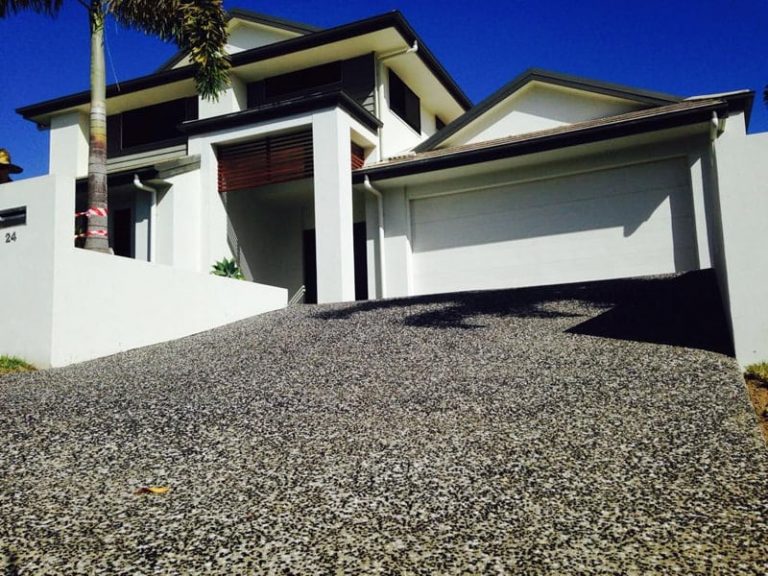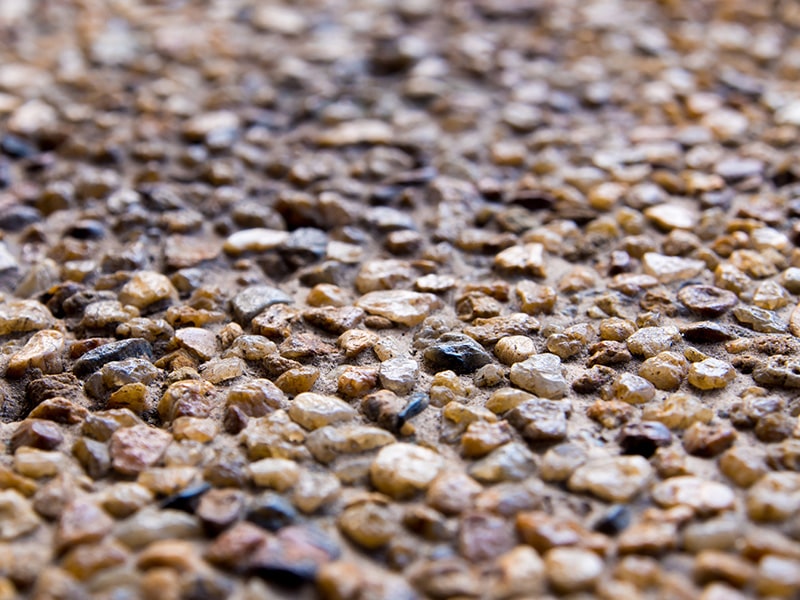Exposed Aggregate: Factors that Influence its Price
A smooth concrete floor is great but if you want your driveway, pool deck, or patio to stand out, then exposed aggregate is the way to go. It’s tough, it’s beautiful, and it has a nice texture to it, but exposed aggregate can also be expensive. So if you’re unsure whether you should have this type of concrete installed at home, then check out our article below.
What is Exposed Aggregate?
Exposed aggregate, also known as pebbled concrete, is a type of pavement made of cement, sand, coarsely crushed stones, and of course, water. But unlike your typical concrete that has a smooth surface and is left to dry after it is smoothened, this type of concrete is hosed down to expose the beautiful stones beneath. This results in a more textured and sometimes, colourful surface.
Exposed aggregate is typically used in driveways, pavements, footpaths, and garages. It is also used in pool decks, patios, and stairs.
Crushed stones and gravel are some of the most common aggregates used by Versatile Concrete. Though rare, some concrete installers also use shells, glass, and sometimes, coins.
The Pros and Cons of Exposed Aggregates
One of the best things about exposed aggregates is their timelessness. Whether it was installed in 1975 or 2021, the driveway or footpath still looks as stylish as ever. It also elevates the flooring, so to speak. With exposed aggregates, you’re no longer stuck with boring grey concrete.
Exposed aggregate is durable, and easy to maintain. It does not crack easily, and it will last more than a decade when maintained properly. And while we’re on the subject, this type of concrete is also easy to maintain. Simply sweep it with a broom to remove leaves and dirt, and have it sealed every three years or whenever necessary.
Of course, exposed aggregate has its downside, too. It is harder to repair than other types of concrete, and it can be a little more expensive compared to its counterparts. Check out some of the things that can influence the price of exposed aggregate below.
What Influences the Price of Exposed Aggregate Installation?
As mentioned above, exposed aggregate concrete can be a little more expensive than plain grey concrete. Here are some of the factors that influenced the total cost of your project.
- The total size of the construction site. A few square metres of concrete driveway definitely costs less compared to a longer one or a project that involves the installation of footpaths, pool decks, and patios.

- The amount of work required. Is your property located on flat and level ground, or is it located on a sloping surface? Sloping lots need to be excavated and levelled first before the workers can pour the concrete, so it’s going to rack up the cost.
- The accessibility of the property. Is your property located within the city and its suburbs, or is it located in a rural area? In general, the farther your property is to the contractor’s headquarters, the pricier the job gets.
- The type of aggregates you want to use. Some aggregates are pricier than your regular gravel and crushed stones. Stick to ordinary pebbles if you want to save some money.
- The cost of labour.
Exposed aggregate projects follow the same process as the installation of regular concrete slabs during the first few stages. But what makes it different is the last stage in the process which is, well… exposing the aggregate. It takes a lot of time and that can add up to the total cost of the project.

